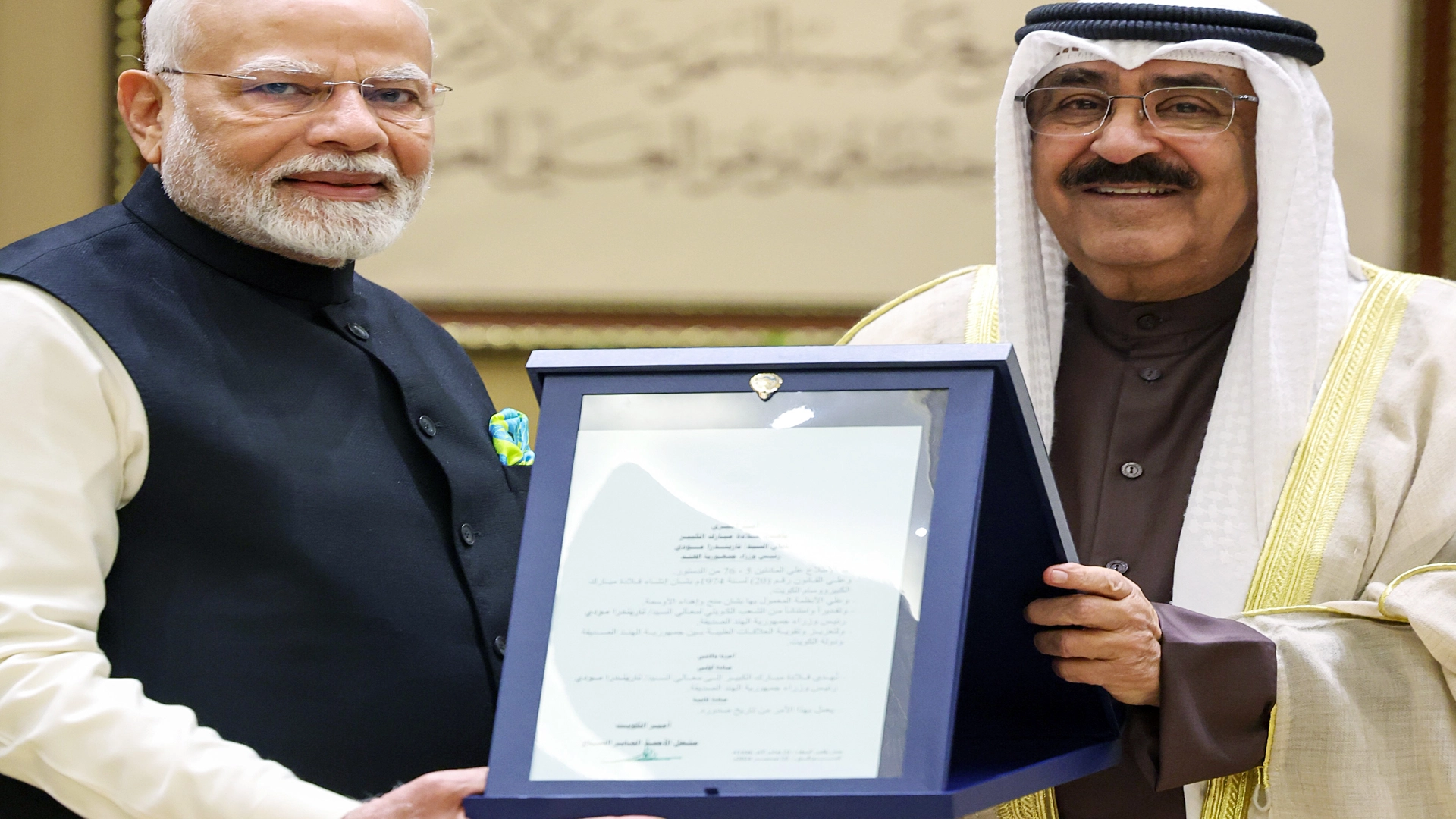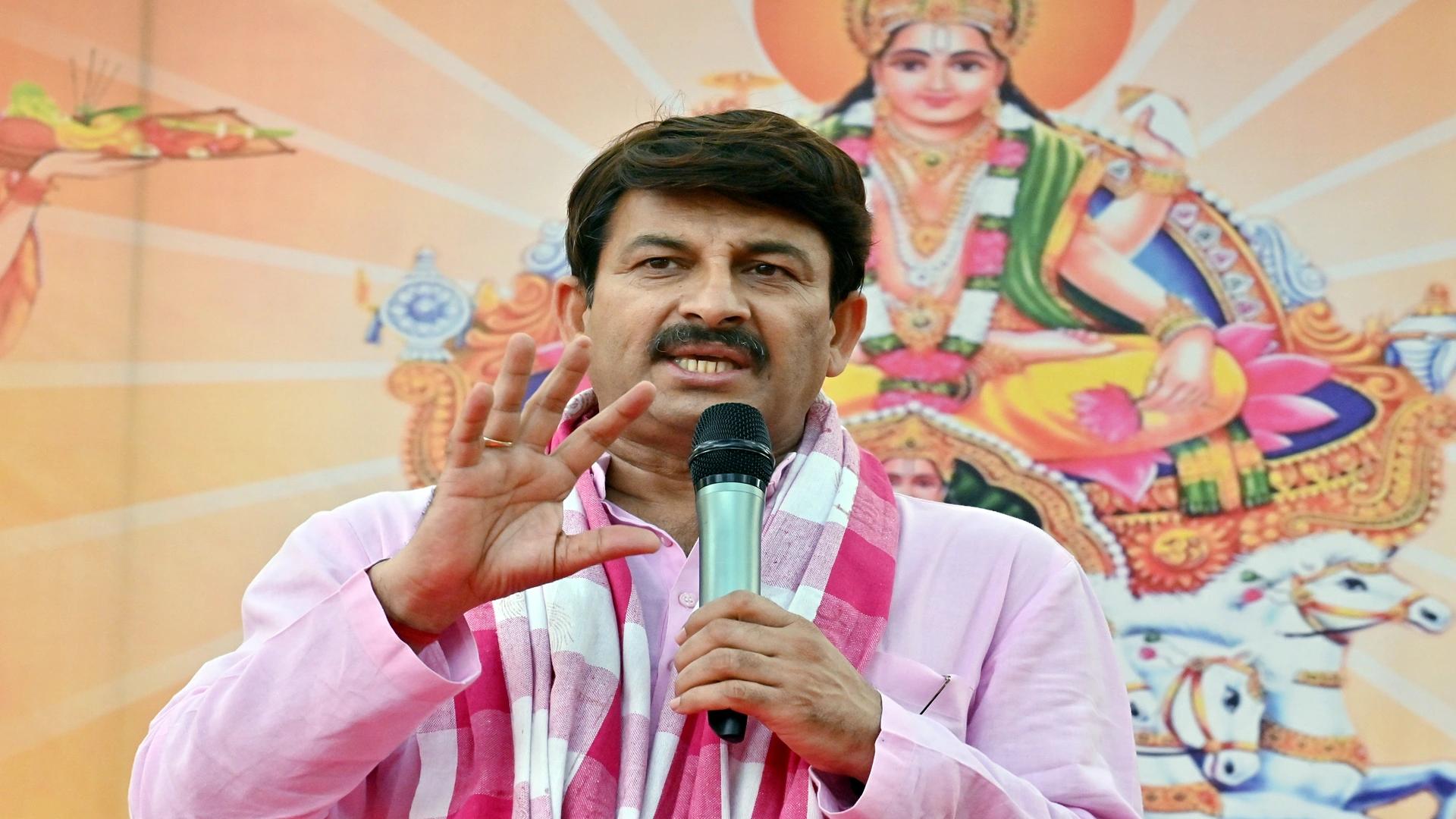An article by Abbas Nasir in Dawn states that ‘Pakistan was concerned of being ‘scapegoated’ and being isolated, for giving sanctuary to the Taliban leadership and fighters… There is no escaping that blame… Yes, Pakistan was duplicitous in as much as the Taliban were concerned…’. This is the closest one will get to a Pakistani admission of guilt for its double-crossing role in Afghanistan. At the other end of the spectrum, Imran ‘Taliban’ Khan feels that Afghanistan has broken the shackles of slavery. Last year, he called Osama Bin Laden a martyr in a speech to the Parliament. His cabinet minister talks of civilised Taliban. There is widespread euphoria in Pakistan on the swift Taliban victory, hasty US withdrawal and ANA’s collapse. The Deep State, clerics, politicians and its media are over the moon that Pakistan has once again engineered the defeat of a superpower. India should be clear. Whatever happens in Afghanistan is only a symptom of the disease called Pakistan. Hence the focus is on Pakistan.
The world has changed immensely since 1996. Taliban is more ambitious. Afghanistan is more developed on all fronts – social, infrastructure, media et al. Aspirations of the Afghani’s, especially their women has increased. Pakistan is equally bankrupt and wracked with internal issues. The world is more aware and wary. The old template cannot be renewed. Taliban itself might not be keen to take Afghanistan back to the stone age. The fact that it could descend into that state is another matter.
The reality in Afghanistan is that the dust has not settled down and uncertainty hangs. It is one thing to capture Kabul and declare victory. It is another thing to be in power and run the nation. The Taliban can run an insurgency on narco funds, illegal mining, coercive taxes and transit trade smuggling. However, it cannot run a country through illegal collections! The reality is that external aid and reserve funds are frozen, coffers are empty, revenues are minimal and people have to be paid salaries. They can hardly go to Pakistan for funds. The Haqqani Network, a significant part of the Taliban, still remains a designated terrorist group. The spectre of Al Qaeda and IS remains omnipresent. The former US Secretary of Defense Leon Panetta assesses that the Taliban are terrorists…there is no question they will provide a safe haven for al-Qaida, for ISIS and for terrorism in general….and that constitutes, national security threat to the US. If the Taliban is a security threat for the US, it is so for others. There is news of a new resistance front developing from the Panjshir valley. Very clearly, it will be a long time before some fundamental stability is reached in Afghanistan. Till then, Pakistan will remain uncomfortable. In the meantime, everyone will wait and watch for the true colours of the Taliban to emerge.
Let us now turn to Pakistan for issues beyond this. Pakistan has got what it wanted—the US‘s defeat, China’s involvement, and the Taliban in power. However, Pakistan is also likely to get a few things, which it did not bargain for. Pashtuns live on either side of the Durand Line, which they do not recognise or respect. Between tribal and national loyalties, the former prevails. The Taliban are essentially a Pashtun group. Their methods and success will fire Pashtun imagination that political violence and terror works. They have another model—of Tehrik e Labbaik Pakistan, which corroborates these ideas. The Tehrik e Taliban Pakistan (also a Pashtun group) has already congratulated its Afghan counterpart for its ‘blessed victory’. As per the ISI head, the Pakistan and Afghan Taliban are two sides of the same coin. The Pakistan Taliban, now inspired by the Afghan Taliban’s nationalist agenda and violence, is already focussed along the Durand Line. The number of attacks is increasing. The nationalist Pashtun Tahaffuz Movement is a reverberant reality in the area. If I were anyone in Pakistan, I will be very worried. A demand for a Pashtun homeland with PTM and TTP in a coalition, supported by the Afghan Taliban is a nightmare scenario for Pakistan. As against strategic depth, Pakistan might end up in a strategic squeeze. Pakistan Army has a stiff task on its western borders.
Everyone assumes that Pakistan will control the Taliban to do its bidding. After all, the Taliban is a Pakistani creation. However, power changes behaviour. A new paradigm is likely to emerge with the Taliban loosening itself from Pakistani apron strings. Reasons are aplenty. The international community is going to put conditions on Afghanistan and Pakistan for the funding they need direly. Any truck with Pakistan beyond a point might be detrimental to obtaining funds. Secondly, Mullah Baradar, who will be high up in the power structure in Afghanistan, had once reached out to Hamid Karzai independently. It was not to Pakistan’s playbook. He was canned in a Pakistani jail for eight years from 2010-18. He was released at the behest of the US. Both would not have forgotten that. There will be no love lost. It is also reported the Pakistani COAS had twice walked out of meetings with the Taliban, frustrated at their intransigence and infuriated by what he sees as the Taliban’s determination to return to full power in Afghanistan. Very clearly, the Taliban has a mind of its own. Such organisations tend to grow beyond their benefactors. There is a lot of similarity between the LTTE and the Taliban. The Taliban, like the LTTE, will not hesitate to bite the hand that fed it. To think that the Taliban will do Pakistani bidding beyond a point is being naïve.
The victory of a ragtag Taliban military force over the sophisticated US Army gives belief to every extremist /radical/religious group that this feat can be replicated elsewhere. It is a huge propaganda boost for international radical terrorism. Radicals will now believe that religious power can control any organised society. The Taliban success empowers all extremist-religious elements and gives them enough reason to press for an Islamic system in Pakistan. There is no dearth of radicals in Pakistan. The TLP is a recent but potent phenomenon. The Deobandi and Barelvi brand of Sunnism repeatedly try to outdo each other. The situation in Baluchistan is precarious. As state-sponsored terror holds sway, the reactionary insurgency is growing. The focus on the Chinese and CPEC projects is on the ascendancy. All these outfits thrive on the informal, below the radar and shadow economy of Pakistan. Pakistan does not have the political will or financial resources to tackle the threats squarely. As the dust starts settling in Afghanistan, radical plans could be unfolding in Pakistan. If the big sharks (Al Qaeda and ISIS) enter the fray, the situation will worsen. If one thinks that all this is imagination, just recount the events of the last few days. Two incidents of women being assaulted by scores of men on Pakistan’s Independence Day, one of which has gone viral on social media. A bomb blast on the eve of Muharram in Bahawalpur with a toll of two dead and 59 injured. Protests in Gwadar against severe water, electricity and other shortages due to CPEC activities. A bomb blast on the outskirts of Gwadar targeted the Chinese. Pakistan is reaching high levels of internal violence, religious toxicity and intolerance. We need to wait and watch.
To a large extent, Pakistani fortunes will depend on the way the Taliban run the government. If the Taliban goes back to its old ways, even partially, Pakistan will cop the blame. Irrespective of how Afghanistan shapes out, there is a universal conviction that Pakistan is the main backer of the Taliban. In any case, no one buys Pakistani denials about the country’s links to the Taliban. People have started recollecting that ISI backs the Haqqani network. It was ISI, which pitchforked Sirajuddin Haqqani as one of the two deputy leaders of the Taliban in 2015. There will be severe scrutiny on Pakistan hereafter. A political blowback from the humiliated US government and its allies is on the cards. Aid from the West, especially the US will start to dry out. In any case, no one will invest in Pakistan. As it is hot money has started flowing out. Pakistani dollar bonds are already under selling pressure. Pakistan is also bracing for the impact of western retaliation against it for providing safe havens for the Taliban. Beyond cutting economic aid, there is already talk of sanctions. If Pakistan has to be brought to heel, its nuclear fangs have to be blunted. Sooner or later, the talk will veer towards the nuclear angle if the situation in Afghanistan goes bad. Till now, the focus was on the US and Afghanistan. Now it is time for each to himself. All of a sudden one sees that China, Russia and Pakistan have increased their activity. They are slowly getting sucked into the Afghan quagmire. The free security cover given by the US has vanished.
Pakistan is fully aware of the risk it runs in this new geopolitical chapter. There is also a sense that things have run ahead of time and out of control. Pakistan being the duplicitous nation it is, has already begun a new round of running with the hare and hunting with the hound. When asked if Pakistan will recognise the new Taliban government, it stated that it has been working closely with the international community, including the US, and will continue to follow the lead of the international community in seeing how the situation evolves in Afghanistan.
In this evolving paradigm, India must realise that it is going to contend with a Pakistan whose western and eastern borders, as well as the core centre, will be in a state of continuous instability. The vulnerable core will also start fraying. This was always predicted. The process is gathering new steam thanks to the Taliban twins. The challenge for India is simple and straightforward—keep Pakistan focussed away from its eastern border. That is a different analysis.
Lt Gen P.R. Shankar was India’s DG Artillery. He is highly decorated and qualified with vast operational experience. He contributed significantly to the modernisation and indigenisation of Artillery. He is now a Professor in the Aerospace Dept of IIT Madras and is involved in applied research for defence technology. His other articles can be read on www.gunnersshot.com







